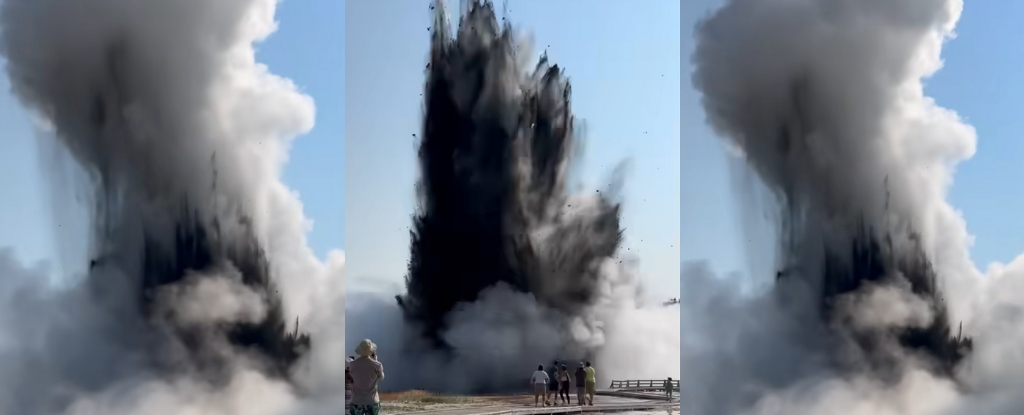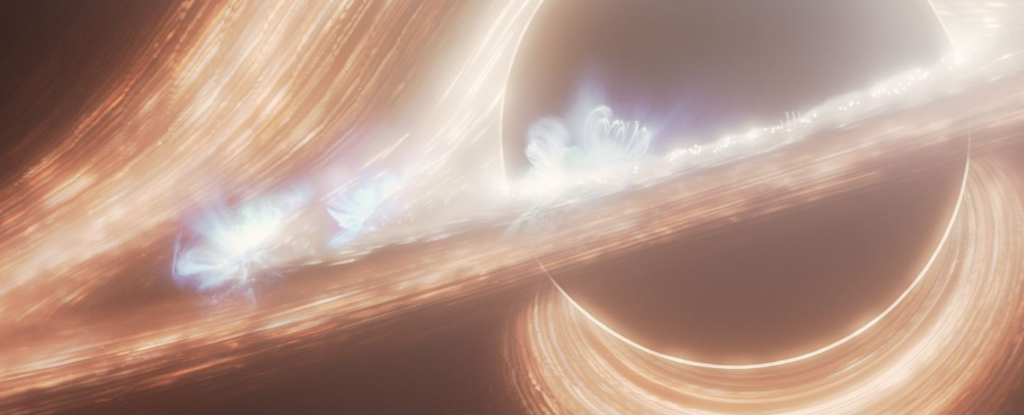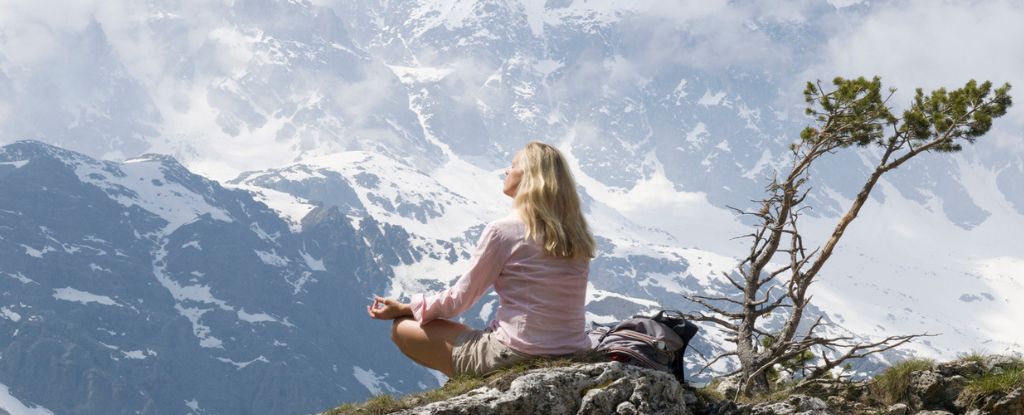Perched on top of a supervolcano that heats and acidifies networks of underground water reservoirs, Yellowstone National Park features some of the most spectacular natural sights in the US.
But its astonishing beauty isn’t without its hazards.
An explosion that took place on 23 July at 10:19 am local time highlights exactly why. In a geothermal area called Biscuit Basin, hot water erupted from below in a larger-than-usual outburst close to Sapphire Pool, just north of Old Faithful.
No one was hurt, thankfully, but video taken by Facebook user Vlada March shows a blackish fountain of material shooting into the sky as visitors to the park run for cover.
As might be expected, a few NSFW words were uttered as the spectacle unfolded;
There is, to be clear, no cause for concern. The eruption was not volcanic in nature, but hydrothermal, related to the heating of water in the subterranean reservoirs.
“Hydrothermal explosions occur when water suddenly flashes to steam underground, and they are relatively common in Yellowstone,” wrote the US Geological Survey and the Yellowstone National Park in a joint statement.
“For example, Porkchop Geyser, in Norris Geyser Basin, experienced an explosion in 1989, and a small event in Norris Geyser Basin was recorded by monitoring equipment on 15 April 2024. An explosion similar to that of today also occurred in Biscuit Basin on 17 May 2009.”
Underground, under higher pressure, water can become heated well past the 100 degrees Celsius (212 Fahrenheit) boiling point of water at sea level. At temperatures as high as 250 degrees Celsius, water can turn to steam quite rapidly, expanding in the process.
With nowhere left to go in the confines of a subterranean chamber, it explodes up through the ground. This is similar to the mechanism that produces geysers, but much more violently, taking with it not just water, but other Earth detritus.
#Yellowstone Park staff are on scene assessing conditions after a small hydrothermal explosion occurred today (July 23) in #BiscuitBasin. There are no reports of injuries. The boardwalk, on the other hand, will need a few repairs. The area remains temporarily closed. NPS photos. pic.twitter.com/XrHuUhw7fk
— USGS Volcanoes🌋 (@USGSVolcanoes) July 23, 2024
None of the hydrothermal explosions within Yellowstone are directly associated with magma, but can be triggered by seismic activity. Yellowstone is constantly rumbling with seismic activity, recording, typically, between 1,500 and 2,500 quakes a year.
Biscuit Basin itself appears to be only sporadically active, but such eruptions are not unheard of, and the incident itself was relatively small, as far as hydrothermal explosions go.
These ejections of steam, water, mud, and rocks can shoot as high as 2 kilometers (1.2 miles) into the air, spreading debris in a huge area, and leaving behind craters. In fact, a crater was only just discovered linked to a small explosion that took place in Norris Geyser Basin in April of this year.
These smaller explosions are relatively frequent. The largest ones, however, are pretty rare, only occurring once every 700 years or so. So, although this particular explosion looks (and is) impressive to us, it’s on the minor scale as far as what the region is capable of producing.
Although no injuries were reported, the explosion damaged the boardwalk in Biscuit Basin, and the area including car parking remains closed to tourists while assessments and repairs are conducted.





